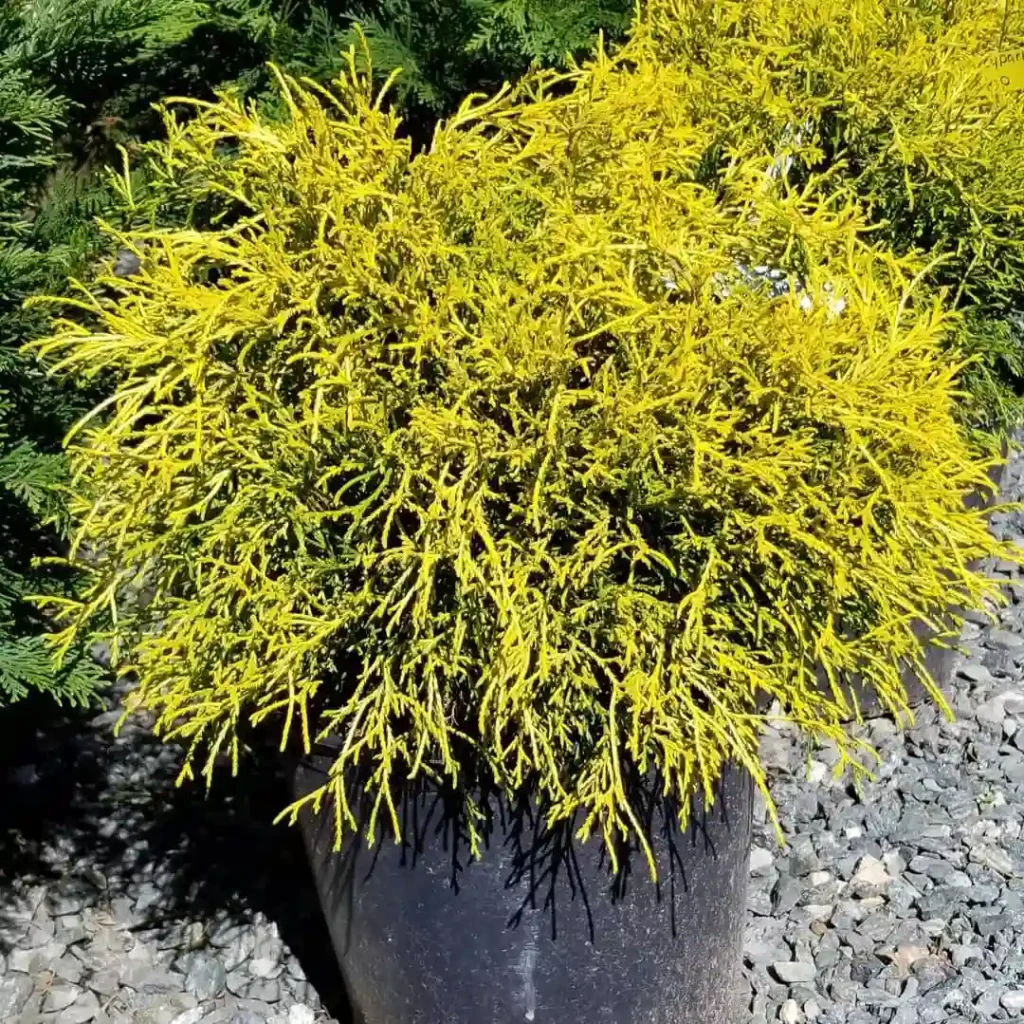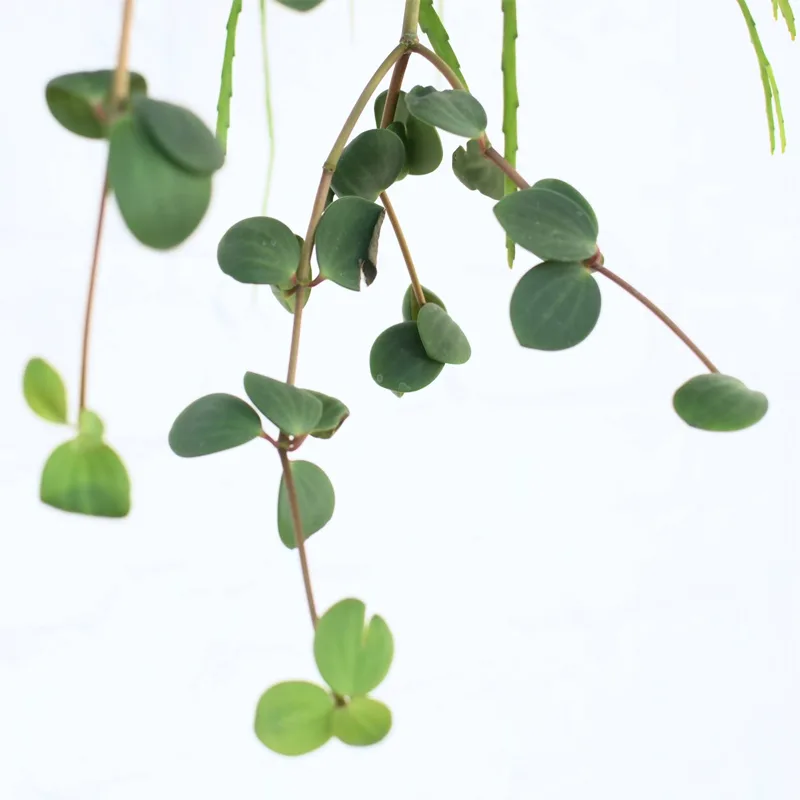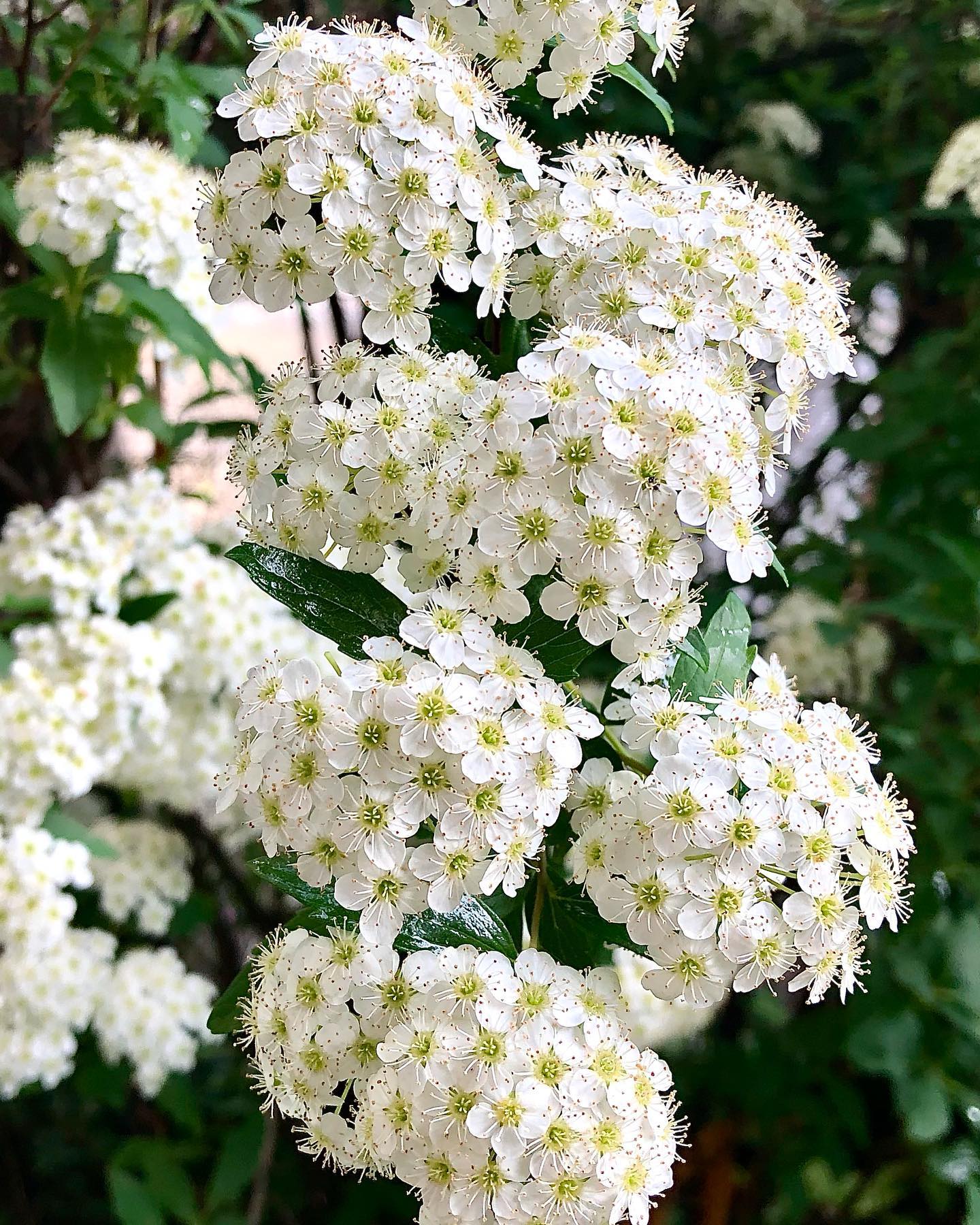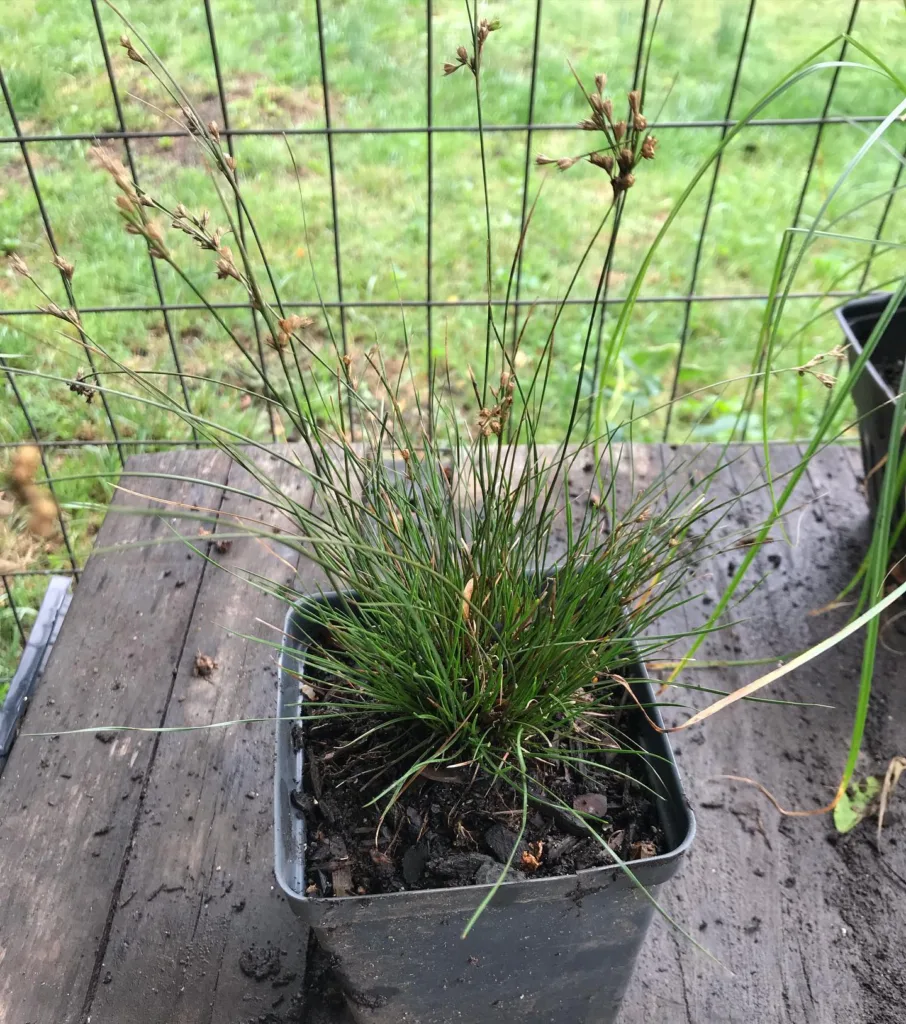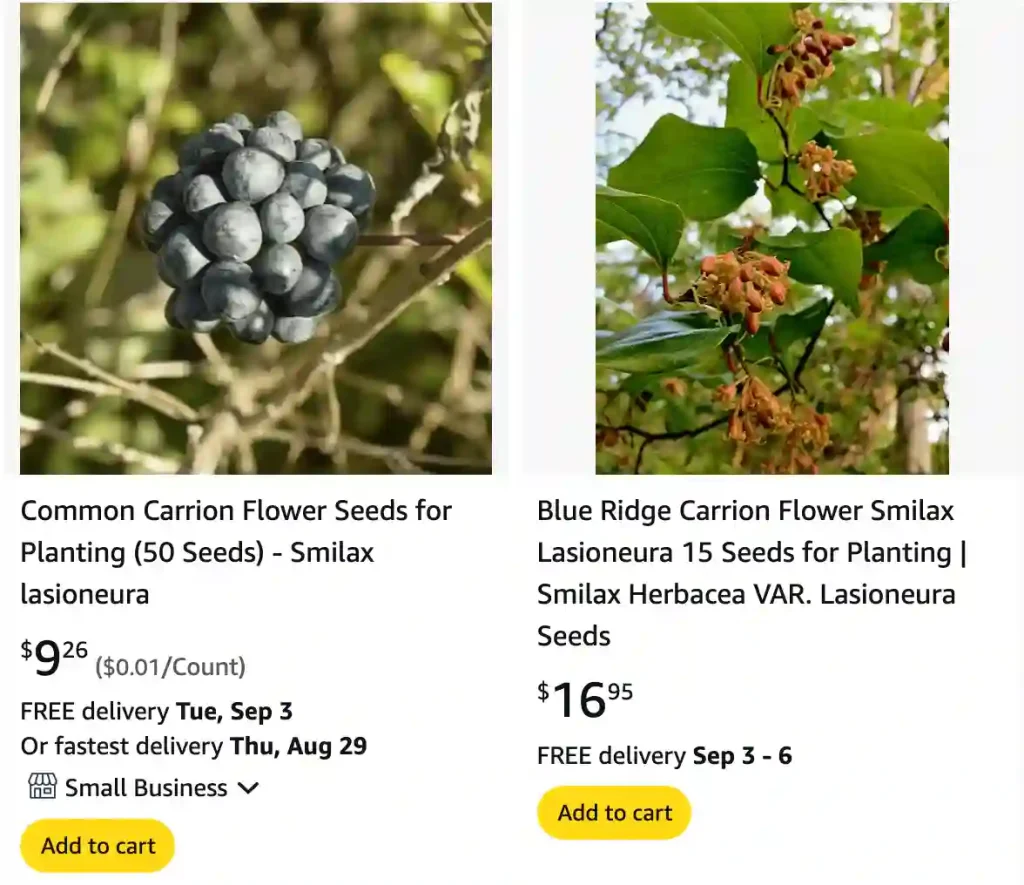
Exploring the Smilacaceae Family: A Journey into the World of Smilacaceae Family
When I first stumbled upon the Smilacaceae family, it felt like I was uncovering a hidden gem in the plant kingdom. This family, with its unique characteristics and fascinating genus, Smilax, captivated my curiosity. Let’s delve into this enchanting world together, exploring its features, uses, and the magic it brings to our gardens and natural landscapes.
What is Smilax?
The Smilacaceae family primarily comprises climbing plants, and it includes several genera. However, the most notable and widely recognized is Smilax. Known as catbriar, these plants are characterized by their climbing vines and thorny stems. As I learned more about Smilax, I was amazed to discover how these plants could adapt to various environments, showcasing their resilience.
One of the most striking features of Smilax is its foliage. The leaves can vary significantly in shape and size, ranging from heart-shaped to more elongated forms. This diversity not only adds visual interest to the plants but also helps them blend seamlessly into their surroundings. I often find myself admiring how Smilax vines entwine with other vegetation, creating a lush, green tapestry.
Smilax species
- Smilax aberrans Gagnep.
- Smilax aculeatissima Conran
- Smilax amamiana Z.S.Sun & P.Li
- Smilax amblyobasis K.Krause
- Smilax ampla Warb. ex K.Krause
- Smilax anceps Willd.
- Smilax anguina K.Krause
- Smilax annulata Warb. ex K.Krause
- Smilax aquifolium Ferrufino & Greuter
- Smilax arisanensis Hayata
- Smilax aristolochiifolia Mill.
- Smilax aspera L.
- Smilax assumptionis A.DC.
- Smilax astrosperma F.T.Wang & Tang
- Smilax auriculata Walter
- Smilax australis R.Br.
- Smilax austrozhejiangensis Q.Lin
- Smilax azorica H.Schaef. & P.Schönfelder
- Smilax bapouensis H.Li
- Smilax basilata F.T.Wang & Tang
- Smilax bauhinioides Kunth
- Smilax bella J.F.Macbr.
- Smilax biflora Siebold ex Miq.
- Smilax biltmoreana (Small) J.B.Norton ex Pennell
- Smilax binchuanensis P.Li & C.X.Fu
- Smilax biumbellata T.Koyama
- Smilax blumei A.DC.
- Smilax bockii Warb.
- Smilax bolavenensis Tagane & Soulad.
- Smilax bona-nox L. Plant FAQs: Smilax Bona-Nox
- Smilax borneensis A.DC.
- Smilax bracteata C.Presl
- Smilax brasiliensis Spreng.
- Smilax californica (A.DC.) A.Gray
- Smilax calophylla Wall. ex A.DC.
- Smilax cambodiana Gagnep.
- Smilax campestris Griseb.
- Smilax canariensis Willd.
- Smilax canellifolia Mill.
- Smilax celebica Blume
- Smilax chapaensis Gagnep.
- Smilax china L.
- Smilax chinensis (F.T.Wang) P.Li & C.X.Fu
- Smilax chingii F.T.Wang & Tang
- Smilax cinnamomea Desf. ex A.DC.
- Smilax cissoides M.Martens & Galeotti
- Smilax cocculoides Warb.
- Smilax cognata Kunth
- Smilax compta (Killip & C.V.Morton) Ferrufino
- Smilax corbularia Kunth
- Smilax cordifolia Humb. & Bonpl. ex Willd.
- Smilax coriacea Spreng.
- Smilax cristalensis Ferrufino & Greuter
- Smilax cuprea Ferrufino & Greuter
- Smilax cuspidata Duhamel
- Smilax darrisii H.Lév.
- Smilax davidiana A.DC.
- Smilax densibarbata F.T.Wang & Tang
- Smilax discotis Warb.
- Smilax domingensis Willd.
- Smilax ecirrhata (Engelm. ex Kunth) S.Watson
- Smilax elastica Griseb.
- Smilax elegans Wall. ex Kunth
- Smilax elegantissima Gagnep.
- Smilax elmeri Merr.
- Smilax elongatoumbellata Hayata
- Smilax emeiensis J.M.Xu
- Smilax erecta Merr.
- Smilax excelsa L.
- Smilax extensa Wall. ex Hook.f.
- Smilax ferox Wall. ex Kunth
- Smilax flavicaulis Rusby
- Smilax fluminensis Steud.
- Smilax fooningensis F.T.Wang & Tang
- Smilax fortunensis Ferrufino & Gómez-Laur.
- Smilax fui Z.C.Qi & P.Li
- Smilax gagnepainii T.Koyama
- Smilax gaudichaudiana Kunth
- Smilax gigantea Merr.
- Smilax gigantocarpa Koord.
- Smilax glabra Roxb.
- Smilax glauca Walter Plant FAQs: Smilax Glauca
- Smilax glaucochina Warb.
- Smilax glyciphylla J.White
- Smilax goyazana A.DC.
- Smilax gracilior Ferrufino & Greuter
- Smilax griffithii A.DC.
- Smilax guianensis Vitman
- Smilax guiyangensis C.X.Fu & C.D.Shen
- Smilax havanensis Jacq.
- Smilax hayatae T.Koyama
- Smilax hemsleyana Craib
- Smilax herbacea L.
- Smilax hilariana A.DC.
- Smilax hirtellicaulis C.Y.Wu & C.Chen ex P.Li
- Smilax horridiramula Hayata
- Smilax hugeri (Small) J.B.Norton ex Pennell
- Smilax hypoglauca Benth.
- Smilax ilicifolia Desv.
- Smilax illinoensis Mangaly
- Smilax indosinica T.Koyama
- Smilax insularis T.C.Hsu & S.W.Chung
- Smilax inversa T.Koyama
- Smilax irrorata Mart. ex Griseb.
- Smilax jamesii G.A.Wallace
- Smilax japicanga Griseb.
- Smilax javensis A.DC.
- Smilax kaniensis K.Krause
- Smilax keyensis Warb. ex K.Krause
- Smilax kingii Hook.f.
- Smilax klotzschii Kunth
- Smilax korthalsii A.DC.
- Smilax kwangsiensis F.T.Wang & Tang
- Smilax laevis Wall. ex A.DC.
- Smilax lanceifolia Roxb.
- Smilax lappacea Humb. & Bonpl. ex Willd.
- Smilax larvata Griseb.
- Smilax lasioneuron Hook.
- Smilax laurifolia L.
- Smilax lebrunii H.Lév.
- Smilax leucophylla Blume
- Smilax ligneoriparia C.X.Fu & P.Li
- Smilax ligustrifolia A.DC.
- Smilax loheri Merr.
- Smilax longiflora (K.Y.Guan & Noltie) P.Li & C.X.Fu
- Smilax longifolia Rich.
- Smilax lucida Merr.
- Smilax luei T.Koyama
- Smilax lunglingensis F.T.Wang & Tang
- Smilax lushuiensis S.C.Chen
- Smilax lutescens Vell.
- Smilax luzonensis C.Presl
- Smilax macrocarpa Blume
- Smilax magnifolia J.F.Macbr.
- Smilax mairei H.Lév.
- Smilax malipoensis S.C.Chen
- Smilax maritima Feay ex Alph.Wood
- Smilax maypurensis Humb. & Bonpl. ex Willd.
- Smilax megacarpa A.DC.
- Smilax megalantha C.H.Wright
- Smilax melanocarpa Ridl.
- Smilax melastomifolia Sm.
- Smilax menispermoidea A.DC.
- Smilax micrandra (T.Koyama) P.Li & C.X.Fu
- Smilax micrantha Blume
- Smilax microdontus Z.S.Sun & C.X.Fu
- Smilax microphylla C.H.Wright
- Smilax minarum A.DC.
- Smilax minutiflora A.DC.
- Smilax modesta A.DC.
- Smilax mollis Humb. & Bonpl. ex Willd.
- Smilax moranensis M.Martens & Galeotti
- Smilax munita S.C.Chen
- Smilax muscosa Toledo
- Smilax myosotiflora A.DC.
- Smilax myrtillus A.DC.
- Smilax nageliana A.DC.
- Smilax nana F.T.Wang
- Smilax nantoensis T.Koyama
- Smilax neocaledonica Schltr.
- Smilax neocyclophylla I.M.Turner
- Smilax nervomarginata Hayata
- Smilax nigrescens F.T.Wang & Tang
- Smilax nipponica Miq.
- Smilax nova-guineensis T.Koyama
- Smilax obliquata Duhamel
- Smilax oblongata Sw.
- Smilax oblongifolia Pohl ex Griseb.
- Smilax ocreata A.DC.
- Smilax odoratissima Blume
- Smilax officinalis Kunth
- Smilax orbiculata Labill.
- Smilax ornata Lem.
- Smilax orthoptera A.DC.
- Smilax outanscianensis Pamp.
- Smilax ovalifolia Roxb. ex D.Don
- Smilax ovatolanceolata T.Koyama
- Smilax pachysandroides T.Koyama
- Smilax paniculata (Gagnep.) P.Li & C.X.Fu
- Smilax papuana Lauterb.
- Smilax perfoliata Lour.
- Smilax pertenuis T.Koyama
- Smilax petelotii T.Koyama
- Smilax pilcomayensis Guagl. & Gattuso
- Smilax pilosa Andreata & Leoni
- Smilax pinfaensis H.Lév. & Vaniot
- Smilax plurifurcata A.DC.
- Smilax poilanei Gagnep.
- Smilax polyacantha Wall. ex Kunth
- Smilax polyandra (Gagnep.) P.Li & C.X.Fu
- Smilax polyantha Griseb.
- Smilax polycolea Warb.
- Smilax populnea Kunth
- Smilax pottingeri Prain
- Smilax prolifera Roxb.
- Smilax pseudochina L.
- Smilax pulverulenta Michx.
- Smilax pumila Walter
- Smilax purhampuy Ruiz
- Smilax purpurata G.Forst.
- Smilax pygmaea Merr.
- Smilax quadrata A.DC.
- Smilax quinquenervia Vell.
- Smilax remotinervis Hand.-Mazz.
- Smilax retroflexa (F.T.Wang & Tang) S.C.Chen
- Smilax riparia A.DC.
- Smilax rotundifolia L.
- Smilax roxburghiana Wall. ex A.DC.
- Smilax rubromarginata K.Krause
- Smilax rufescens Griseb.
- Smilax sailenii Sarma, Baruah & Borthakur
- Smilax salicifolia Griseb.
- Smilax sanguinea Posada-Ar.
- Smilax santaremensis A.DC.
- Smilax saulensis J.D.Mitch.
- Smilax schomburgkiana Kunth
- Smilax scobinicaulis C.H.Wright
- Smilax sebeana Miq.
- Smilax seisuiensis (Hayata) P.Li & C.X.Fu
- Smilax setiramula F.T.Wang & Tang
- Smilax setosa Miq.
- Smilax sieboldii Miq.
- Smilax silverstonei Botina
- Smilax sinclairii T.Koyama
- Smilax siphilitica Humb. & Bonpl. ex Willd.
- Smilax solanifolia A.DC.
- Smilax spicata Vell.
- Smilax spinosa Mill.
- Smilax spissa Killip & C.V.Morton
- Smilax spruceana A.DC.
- Smilax stans Maxim.
- Smilax stenophylla A.DC.
- Smilax subinermis C.Presl
- Smilax subpubescens A.DC.
- Smilax subsessiliflora Duhamel
- Smilax sumatrensis (A.DC.) P.Li & C.X.Fu
- Smilax synandra Gagnep.
- Smilax taipeiensis T.C.Hsu & S.W.Chung
- Smilax taiwanensis S.S.Ying
- Smilax talbotiana A.DC.
- Smilax tamnoides L.
- Smilax tetraptera Schltr.
- Smilax timorensis A.DC.
- Smilax tomentosa Kunth
- Smilax trachypoda J.B.Norton
- Smilax trinervula Miq.
- Smilax tsinchengshanensis F.T.Wang
- Smilax tuberculata C.Presl
- Smilax tungyuanensis S.S.Ying
- Smilax turbans F.T.Wang & Tang
- Smilax utilis C.H.Wright
- Smilax vaginata Decne.
- Smilax vanchingshanensis (F.T.Wang & Tang) F.T.Wang & Tang
- Smilax velutina Killip & C.V.Morton
- Smilax verrucosa Griseb.
- Smilax verticalis Gagnep.
- Smilax vitiensis (Seem.) A.DC.
- Smilax wallichii Kunth
- Smilax walteri Pursh
- Smilax weniae P.Li, Z.C.Qi & Yan Liu
- Smilax wightii A.DC.
- Smilax williamsii Merr.
- Smilax yunnanensis S.C.Chen
- Smilax zeylanica L.
How to Get Rid of Smilax Vine?
Getting rid of Smilax can be challenging due to its tough, thorny stems and deep root systems. Here are some steps I usually take:
- Cutting Back: Start by cutting the vines as close to the ground as possible. Use heavy-duty gloves and garden shears because the thorns can be quite sharp.
- Digging Out: After cutting, dig out the roots. This is crucial because Smilax can regrow from any leftover roots. Be prepared for a bit of a workout, as the roots can be deep and tangled.
- Herbicides: If the infestation is extensive, you might need to use a herbicide. Apply a systemic herbicide directly to the cut stems. Be cautious, though, as herbicides can harm other plants.
- Persistence: Removing Smilax is not a one-time job. It may take several attempts to fully eradicate it from your garden.
Are Smilax Berries Edible?
Yes, Smilax berries are edible, but they vary in taste. Some species produce berries that are sweet and can be eaten raw or used in jellies and jams. However, other species might have berries that are bitter or not as palatable. If you’re unsure about the species, it’s best to taste a small amount first or consult a local plant expert.
How Long Does Smilax Last Out of Water?
When cut, Smilax vines can last several days out of water, making them popular in floral arrangements and wreaths. In my experience, they maintain their fresh appearance for up to a week if kept in a cool, dry place. To extend their lifespan, you can mist them with water to keep the leaves hydrated.
How to Grow Smilax?
Growing Smilax can be quite rewarding, especially if you’re looking for a hardy vine that can cover a trellis or fence. Here’s how I usually go about it:
- Choosing a Location: Smilax prefers well-drained soil and partial to full sun. However, it can tolerate a variety of soil types and even grows in shady areas.
- Planting: Plant Smilax seeds or young plants in spring. Space them about 3-4 feet apart to allow room for growth. If using seeds, soak them in water for 24 hours before planting to improve germination.
- Watering: Keep the soil moist, especially during the establishment phase. Once established, Smilax is quite drought-tolerant.
- Support: Provide a trellis or some form of support for the vine to climb. Smilax can grow quite vigorously, so regular pruning might be necessary to keep it in check.
Is Smilax Invasive?
Yes, Smilax can be invasive in some areas. Its aggressive growth habit and ability to spread quickly through underground rhizomes and seeds make it a challenge to control. In certain regions, Smilax is considered a weed and can outcompete native vegetation. If you’re thinking about planting Smilax, check with local guidelines to see if it’s considered invasive in your area.
Is Smilax Poisonous?
Smilax is not considered poisonous to humans or pets. In fact, some species have been used in traditional medicine, and their young shoots are sometimes consumed as a vegetable. However, the thorns on Smilax can cause skin irritation, so it’s best to handle the plant with care.
What Does Smilax Look Like?
Smilax plants have glossy, heart-shaped leaves that are often bright green. The vines can grow several feet long and are equipped with sharp thorns that make them easy to identify. Smilax produces small, greenish flowers that later develop into clusters of berries, ranging in color from red to black.
When is Smilax in Season?
Smilax is generally in season during the warmer months. The vines start to grow vigorously in spring, flower in late spring to early summer, and produce berries by late summer or early fall. In some mild climates, Smilax can remain green and active throughout the year.
Where Does Smilax Grow?
Smilax is adaptable and grows in a variety of environments, from forests and woodlands to coastal areas and swamps. It’s native to many parts of the world, including North America, South America, Africa, and Asia. You’ll often find Smilax in areas with well-drained soil and access to sunlight, but it’s also capable of growing in shaded, moist environments.
Are All Smilax Called Greenbrier?
Not all Smilax species are called greenbrier, but many are. The name greenbrier typically refers to species within the Smilax genus that have thorny stems. Other common names for Smilax include catbrier, sarsaparilla vine, and bamboo vine. The terminology can vary based on the region and specific species.
How to Care for Smilax?
Caring for Smilax involves regular pruning to manage its growth and prevent it from becoming too invasive. If you’re growing Smilax as an ornamental plant, ensure it has adequate support to climb. Water the plant regularly, especially during dry periods, and keep an eye out for pests like aphids or caterpillars, which can occasionally affect Smilax.
Common Problems with Smilax
One of the main issues with Smilax is its invasive nature. It can quickly overtake a garden if not managed properly. Additionally, its thorns can be a problem when handling or pruning the plant. On the positive side, Smilax is relatively resistant to diseases and pests, making it a low-maintenance plant once established.
Benefits of Smilax
Smilax has several benefits. It’s used in traditional medicine for its anti-inflammatory and antioxidant properties. The young shoots are edible and can be a source of vitamins. In landscaping, Smilax is valued for its hardiness and ability to provide dense coverage, which can be useful for creating privacy or covering unsightly structures.
Smilax is a fascinating and versatile plant, whether you’re looking to grow it for ornamental purposes or seeking to understand how to manage its growth. By understanding its characteristics and behavior, you can make informed decisions about how to incorporate Smilax into your garden or control it if it’s becoming a problem.
If i die, water my plants!
